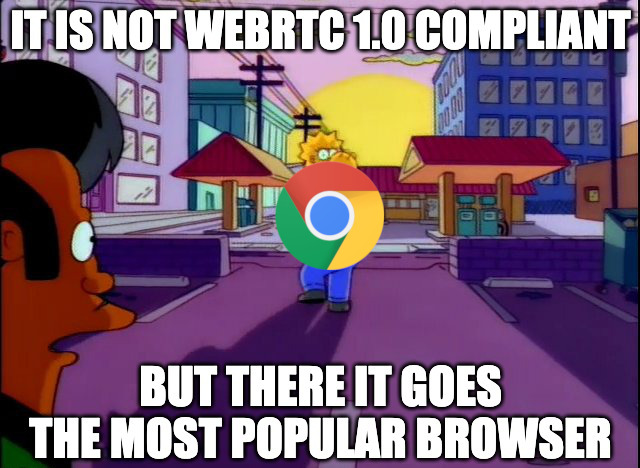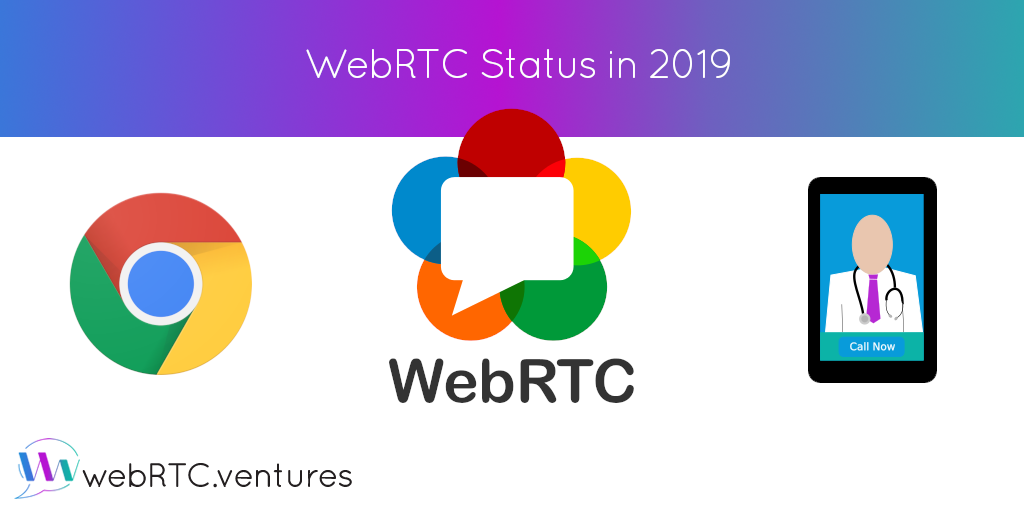The second quarter of 2019 has ended and we are now in the second half of 2019. Following the example of our good friend Tsahil from BlogGeek, we think it’s is a good time to talk about the current status of WebRTC.
WebRTC 1.0 specification is not final yet. Despite being widely used with several products, including Discord, Google Meet, and Facebook Messenger, WebRTC is not a perfect technology. As of this post’s publication, there are 59 open issues that need to be resolved. It’s almost ready, as it was last year and the year before that.
Right now, WebRTC is the only technology capable of effectively providing real-time capabilities to web and mobile applications in a transparent way and without any additional downloads, making it excellent for telehealth, broadcasting, and other real-time platforms. There is no indication that this will change anytime soon.
So what does all of this mean for WebRTC adoption?
Should we wait to use WebRTC on new developments? Our answer is no. As we’ve said before, several companies use WebRTC to build their products successfully because it has matured enough to become an enterprise-ready technology.
“Mature enough” means it works as expected but is missing steps in the specification for making developers’ experiences more uniform. We should take certain considerations to make development easier. Let’s discuss some of them.
WebRTC in the browser
Repeat after me: “Chrome is my friend.” Chrome is the most widely used browser. Not only that, it also shares a base code with other popular options like Edge, Brave, and Opera. When developing using WebRTC, make sure to target to Chrome!

One thing to consider with Chrome is that it isn’t WebRTC 1.0 compliant. It’s slowly getting there, and while that happens, we can expect some things to break. Keep an eye on the implementation.
The second most widely used browser is Firefox. Firefox is closest to the specification but a distant second to Chrome in the market share.
The third most widely used browser is Safari. Besides being the default browser for MacOS, Safari is the only browser that allows WebRTC on iOS devices.
WebRTC on mobile
Our next consideration is mobile development. Here, you need to choose between Android and iOS.
For Android, WebRTC is available in WebView. You can also use a precompiled version of WebRTC or compile it from source code.
For iOS, things are a little different because there is no WebRTC available in WebView. You can only use a precompiled version or compile it on your own.
Conclusion
As we move into the second half of the year, the WebRTC 1.0 specification is almost finished. This hasn’t prevented companies from building great products with WebRTC already, and browsers are playing their part, too. This means that now more than ever is a great time to venture into this technology.











